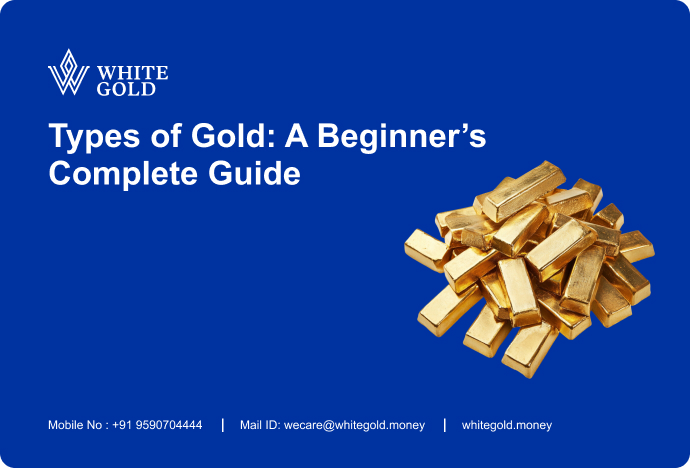The Evolution of Gold Loan Release Mechanisms

5min read

Gold has been extensively used throughout human history, whether it is for investment, trading or securing wealth. Its intrinsic value and rarity have made it a sought-after asset, and people have used it to secure loans for centuries. The concept of gold-backed loans, or gold loans, has a long history dating back to ancient civilizations like the Greeks and Egyptians, medieval bankers, the colonial era and to the modern day, it has been significantly used for ages now.
In this blog, we will explore the fascinating journey of gold loan and how the release mechanisms over the decades has evolved.
Ancient Civilizations: The Birth of Gold Loans
The practice of using gold as collateral for loans can be traced back to ancient civilizations such as the Egyptians, Greeks, and Romans. In these early societies, gold was considered a form of currency and a symbol of power (Kings holding possession to a large number of gold coins and treasure). People pledged their gold possessions to secure loans from wealthy individuals or temples.
These loans were often granted based on mutual trust, and there were no formalized release mechanisms as we know them today. The borrower would return the loan along with the agreed interest, and the gold would be released back to them. It was a simple and direct arrangement based on personal relationships and honor.
Medieval Banking: The Emergence of Formalized Release Mechanisms
As societies evolved, so did their financial systems. The medieval period saw the rise of banking institutions, and with them came more formalized gold loan release mechanisms. Goldsmiths played a crucial role in this evolution.
In medieval Europe, goldsmiths were trusted with safeguarding people’s gold. They issued receipts or certificates for the gold they held, which could be used to claim the gold back. These certificates became early forms of banknotes and served as a means of exchange. People could borrow against their stored gold by pledging these certificates as collateral.
This practice laid the foundation for modern banking and the development of release mechanisms based on documents and promissory notes.
Colonial Times: The Gold Standard
During the colonial era, the gold standard emerged as a global monetary system. Many countries pegged their currencies to a specific amount of gold, and gold coins were commonly used for trade and as a store of value.
Gold loans continued to exist within this framework. Individuals and businesses could obtain loans by depositing gold coins or certificates with banks. In return, they received promissory notes detailing the terms of the loan and the release conditions.
The gold standard added stability and credibility to gold loan release mechanisms, as the value of gold was recognized globally.
Modern Banking: Gold Loans in the 20th Century
The 20th century witnessed the growth of modern banking and financial institutions. Gold loans evolved into a more sophisticated system with standardized release mechanisms.
Banks and specialized financial institutions began offering gold loans to individuals and businesses. These loans were typically backed by gold bullion or gold jewellery. The release of gold was contingent on the repayment of the loan, often with interest.
The use of formal contracts, loan agreements, and legal frameworks became common practice, ensuring the rights and obligations of both borrowers and lenders were clearly defined.
Contemporary Gold Loan Release Mechanisms
In the 21st century, gold loan release mechanisms have continued to evolve to meet the demands of a globalized economy. Here are some key features of contemporary gold loan release mechanisms:
1. Digitalization: Many financial institutions now offer digital gold loans, allowing borrowers to pledge their gold electronically. This streamlines the process and reduces paperwork.
2. Transparent Valuation: Advances in technology have made it easier to assess the value of gold collateral accurately. Automated valuation mechanisms ensure fairness and accuracy.
3. Diverse Loan Products: Borrowers can choose from a variety of gold loan products, such as personal loans, business loans, or agricultural loans, depending on their needs.
4. Regulation: Governments and regulatory bodies have implemented strict rules and regulations to protect the rights of borrowers and lenders in the gold loan market.
5. Quick Disbursement: With the advent of online platforms, borrowers can receive loan disbursements quickly, making gold loans a convenient financing option.
Conclusion
In the 21st century, gold loan release mechanisms have continued to evolve to meet the demands of a globalized economy. Here are some key features of contemporary gold loan release mechanisms:
Today, gold loans remain a viable financial tool for individuals and businesses alike. They provide a way to unlock the value of gold assets without the need to sell them. As technology continues to advance, we can expect further innovations in gold loan release mechanisms, making them even more accessible and efficient for borrowers in the future.







